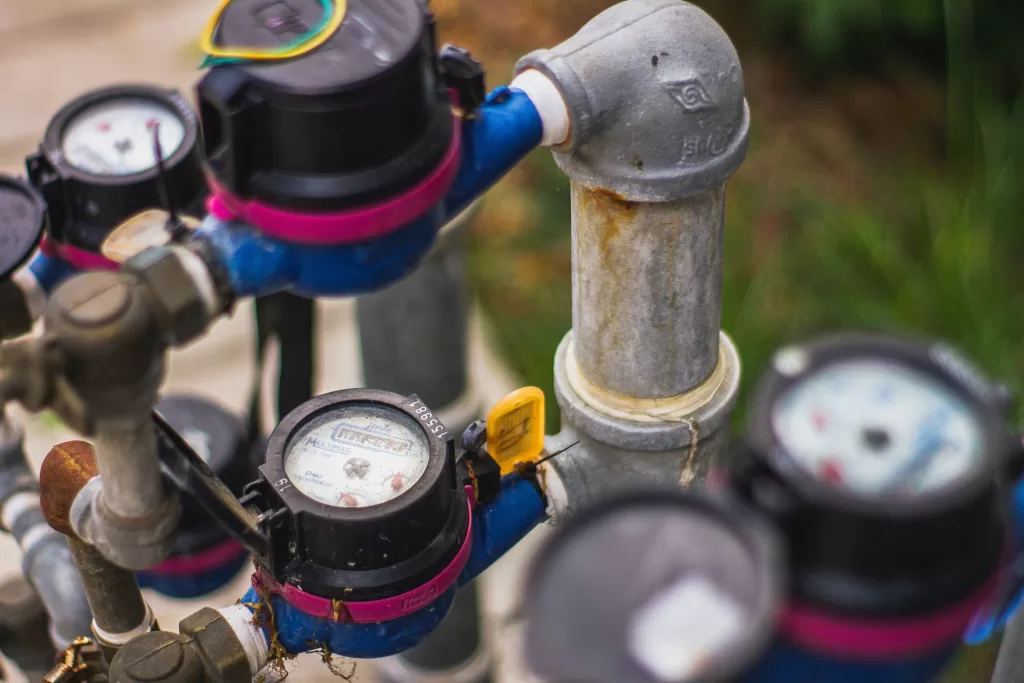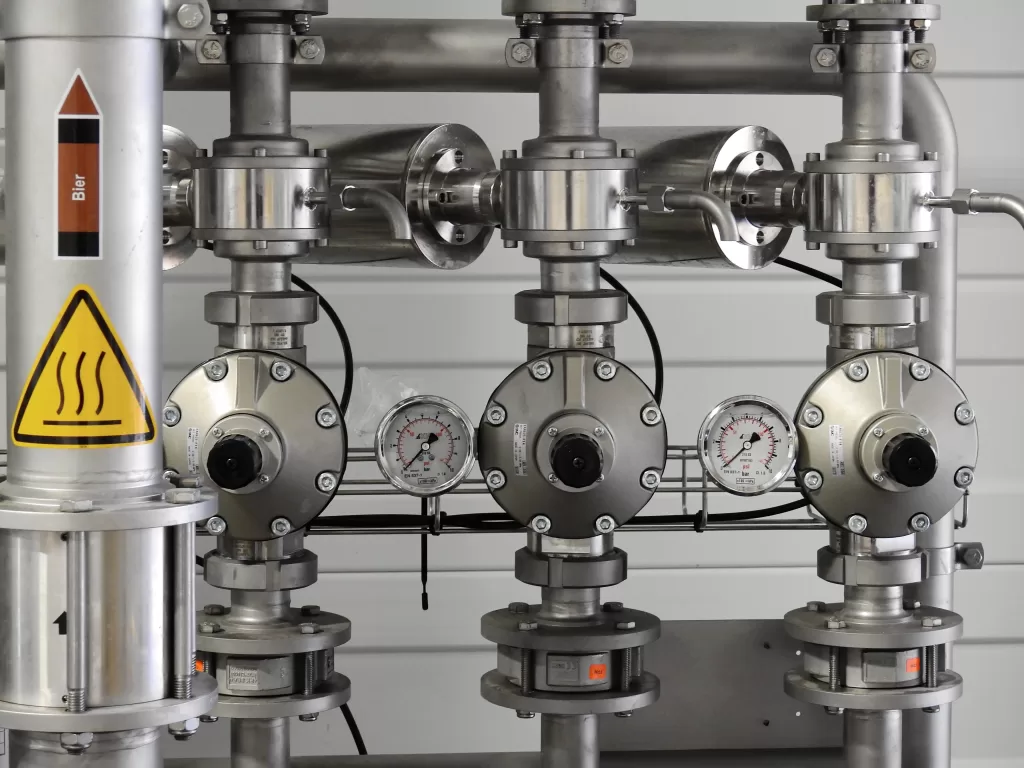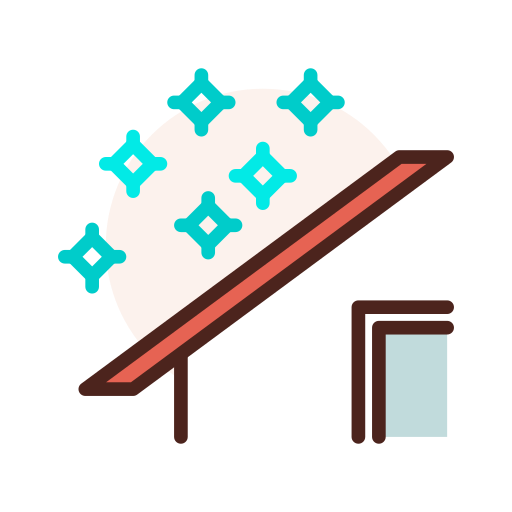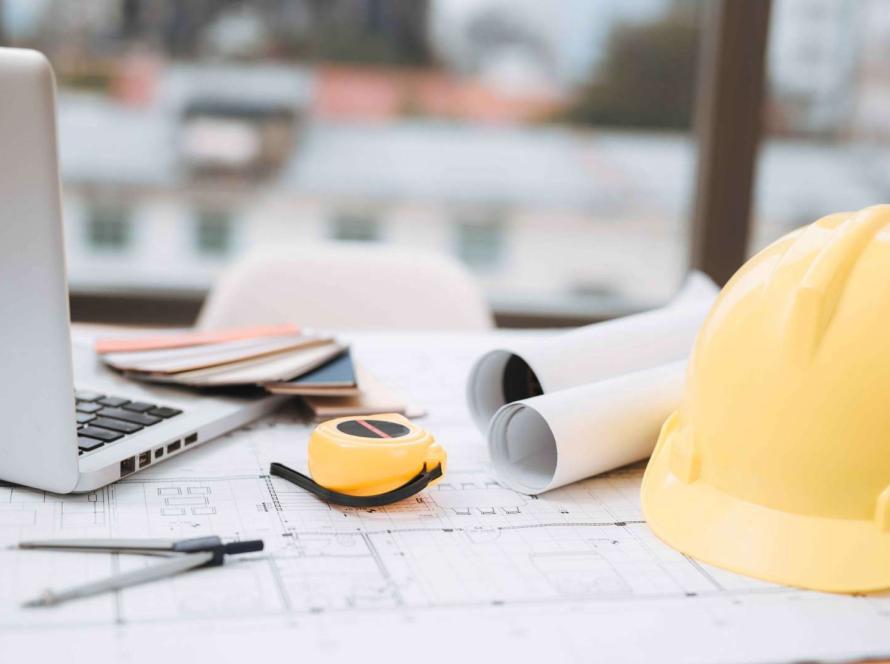Heating is one of the primary comforts of a modern home, but with so many options available, it’s easy to get lost in the technicalities. As energy efficiency becomes a priority, and technology advances, homeowners are often presented with a pivotal question: Should they opt for a heat pump or a furnace?
While both serve the fundamental purpose of warming your home, they differ significantly in functionality, efficiency, and impact. This guide aims to shed light on these two systems, offering insights into their workings, benefits, and potential drawbacks. Whether you’re building a new home, contemplating an upgrade, or just curious, let’s delve into the distinct worlds of heat pumps and furnaces.
1. Basic Functionality
Heat pumps and furnaces serve the fundamental goal of maintaining a home’s thermal comfort. At their essence, they’re both designed to regulate indoor temperatures, although via different methods.
Heat pumps, contrary to what their name might imply, don’t produce heat. They move it. In colder seasons, they extract warmth from the external environment and bring it indoors. Conversely, when it’s warm, they pull heat from inside your home and release it outside, effectively cooling the space.
On the other side, furnaces generate heat through the combustion of a fuel source, such as gas or oil. They then distribute this generated heat throughout the home using a system of ducts, ensuring every corner is warm and cozy.

2. Energy Source
The energy source is a defining difference between heat pumps and furnaces. While furnaces traditionally run on fossil fuels like natural gas, oil, or propane, many modern furnaces can also operate using electricity. This use of fossil fuels can have implications for both operating costs and environmental considerations.
Heat pumps, in contrast, always use electricity. The advantage here is a consistent energy source, and when paired with renewable energy sources like solar or wind, they can be a very green option. However, it’s essential to consider regional electricity costs, as these can significantly impact monthly bills.
3. Efficiency and Operation Costs
Efficiency is a primary concern for most homeowners, particularly when thinking about long-term costs. Heat pumps tend to be highly efficient, especially in milder climates where the temperature difference they need to overcome isn’t huge. However, as temperatures drop significantly, so does their efficiency, sometimes making them less cost-effective.
Furnaces, particularly modern high-efficiency models, can maintain a consistent output regardless of external temperatures. They offer robust performance, especially in frigid climates, but at the potential cost of higher fuel consumption. Comparing both systems requires a look at upfront costs, potential savings, and the unpredictability of future energy prices.
4. Installation Costs
When considering a new heating system, the upfront investment is a crucial factor. Installing a heat pump can often be more expensive initially than a furnace. However, this investment may be offset over time through energy savings, particularly if electricity costs remain stable or decrease.
On the other hand, while furnaces might come with a lower initial price tag, the cumulative costs of fuel, especially in areas with volatile energy prices, can make them more expensive in the long run. It’s also worth investigating potential regional rebates, tax incentives, or promotions, as these can significantly reduce effective installation costs.
5. Climate Suitability
The efficacy of a heating system is literally tied to the climate in which it operates. Heat pumps excel in moderate climates where extreme colds are rare. In such conditions, they operate efficiently, providing consistent warmth without overloading the system.
However, in extremely cold climates, heat pumps might struggle to extract sufficient heat from the outside, requiring supplemental heating sources. Furnaces, being independent of external temperatures for heat generation, can provide consistent and powerful heating even in the most frigid conditions, making them a favorite in colder regions.
6. Cooling Capabilities
One of the standout features of heat pumps is their dual functionality. Not only can they warm a home during colder months, but in summer, they can also act as coolers, effectively behaving like air conditioners. This means homeowners might save on the cost of installing a separate cooling system, and enjoy the convenience of a single unit meeting their year-round climate control needs.
Furnaces, however, are specialized for heating. If cooling is required, a separate system, such as an air conditioner, would need to be considered, adding to the overall costs and maintenance responsibilities.

7. Lifespan and Durability
Any investment in a home’s infrastructure is a long-term decision, and longevity plays a critical role. Furnaces, due to their seasonal use, often have longer lifespans, sometimes serving homeowners faithfully for up to 20 years or more, given proper maintenance. Heat pumps, given their year-round operation, have slightly shorter life expectancies, typically ranging from 10 to 15 years.
However, the lifespan can vary based on the make, model, usage patterns, and consistency of maintenance. Regular check-ups and prompt repairs can ensure both systems serve well beyond their average life expectancies.
8. Environmental Impact
In an age where environmental considerations play a more significant role in homeowner decisions, the ecological impact of heating systems can’t be ignored. Heat pumps, especially when paired with green energy sources, typically have a smaller carbon footprint. They don’t burn fossil fuels directly and can be exceptionally eco-friendly when combined with solar or wind power.
Furnaces, particularly older models, or those that rely on oil or gas, can emit more greenhouse gases. While modern furnaces are becoming increasingly efficient and eco-friendly, they might still have a larger carbon footprint compared to heat pumps in green-energy-adopting regions.
9. Maintenance and Upkeep
Like any home system, both heat pumps and furnaces demand consistent maintenance for optimal performance. Heat pumps require regular inspections, especially since they operate throughout the year, both for heating and cooling. Their components, like the compressor and coils, need periodic checks to prevent wear and tear.
Furnaces, with their combustion mechanisms, require routine cleaning, inspection, and occasional part replacements. Ensuring vents and flues are clear, and filters are clean can be pivotal for a furnace’s efficient operation and safety.
10. Safety Considerations
Safety is paramount, and both systems come with their set of considerations. Furnaces, especially gas-powered ones, pose risks like carbon monoxide poisoning if not adequately maintained or vented, although it’s very rare. It’s vital to have detectors installed and to ensure regular professional inspections.
Heat pumps, in contrast, eliminate the combustion risk but might pose electrical hazards if not properly installed or if they fall into disrepair. For both systems, adhering to recommended maintenance schedules and guidelines is crucial for safe operation.
11. Integration with Home Systems
As smart homes become the norm, integration with existing home systems becomes a consideration. Many modern heat pumps offer compatibility with smart thermostats and home automation systems, allowing homeowners to manage energy usage better and automate heating or cooling schedules.
While furnaces are catching up, with many newer models offering smart capabilities, the integration might not always be as seamless or offer as many features. Choosing a system that complements your home’s existing or planned tech ecosystem can add to the convenience and efficiency of operation.
12. Modern Variations
The heating industry is not static, and innovations continue to emerge. One such innovation is hybrid systems that combine the strengths of both heat pumps and furnaces.
These hybrid units can intelligently switch between the two modes, tapping into the efficiency of heat pumps during milder conditions and leveraging the raw power of furnaces when temperatures plummet. Such systems can offer homeowners the best of both worlds, ensuring efficient energy usage while guaranteeing comfort even in the harshest weather conditions.

Conclusion
Deciding between a heat pump and a furnace is more than just a choice between two heating systems; it’s a decision that factors in long-term costs, environmental considerations, and regional climate. While heat pumps offer versatile performance with both heating and cooling capabilities, furnaces bring reliability, especially in harsher, colder climates.
As with many homeowner decisions, there’s no one-size-fits-all answer. By weighing the merits and drawbacks of each system, understanding their functionality, and considering personal preferences and regional conditions, homeowners can make informed decisions. The right heating solution is out there, waiting to make your home a haven of comfort.
What to Do Next?

Compare Quotes from Top-rated Remodeling Contractors in your area.
It’s a lot to consider, and most homeowners appreciate professional guidance. Of course, you’ll want that guidance from someone in your area with a successful track record when it comes to the installation of heating and cooling systems in your home.
Alpha Living Helps match you with top-rated HVAC contractors in your area, so you can compare quotes, as well as save time & Money. It’s as easy as entering your zip code—right here To Start!





Facebook
Comments